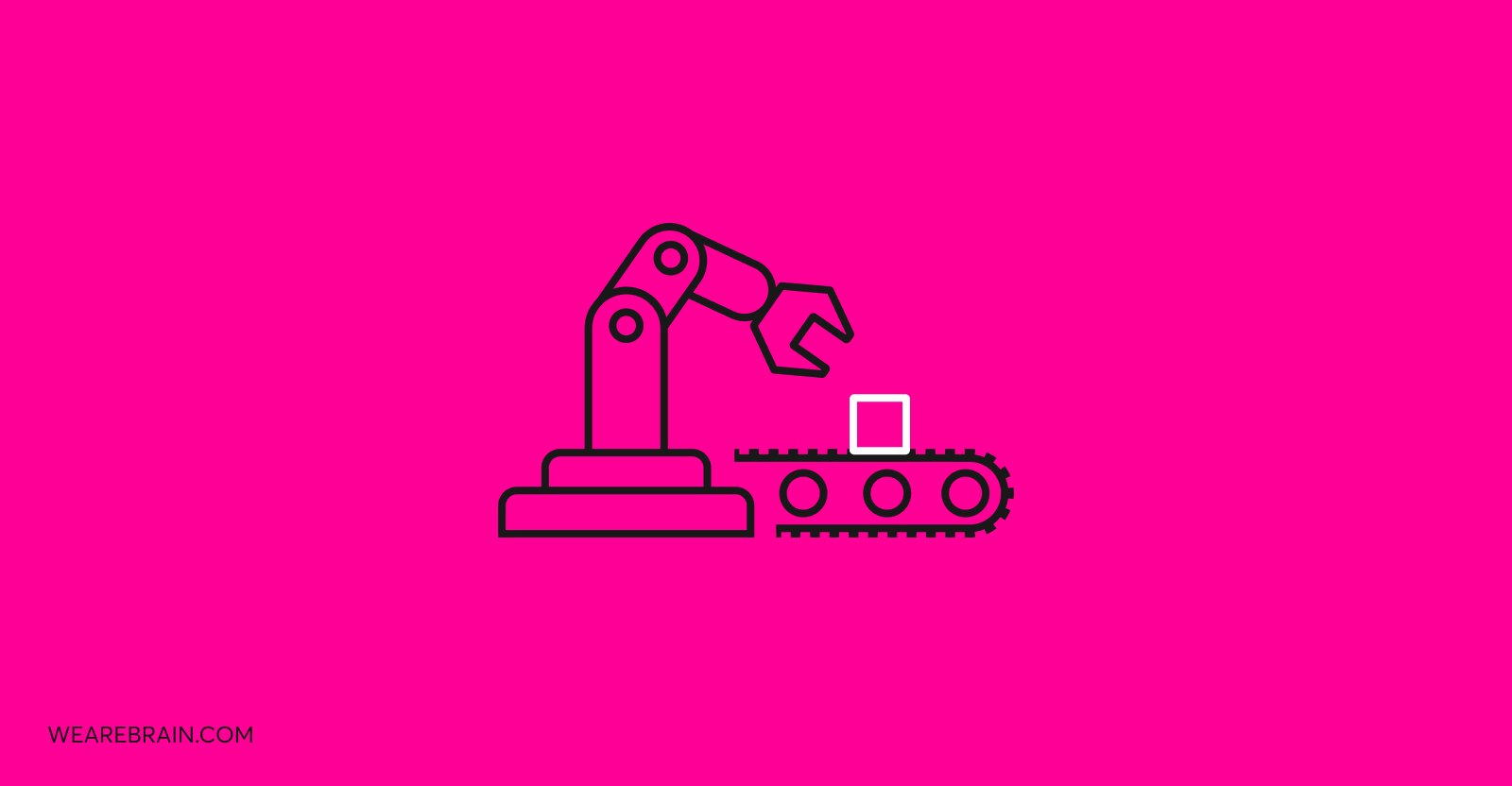COVID-19 and RPA: An unlikely duo

Find out everything you need to know about Artificial Intelligence and automation, and their applications in the working world with our new book, Working Machines – An Executive’s Guide to AI and Intelligent Automation. It is available on Amazon, Google Books, Apple Books and Audible.
There are no winners in a global recession brought on by a population-threatening pandemic. But despite this, automation seems to be coming out on top.
The coronavirus pandemic is forcing businesses around the world to rethink their approach to the way they operate – for good. Reduced hours, skeleton staff, and retrenchments are the inevitable result of globalisation, while industries are brought to their knees in the face of dramatic reductions in capacity and output. However, while the outlook for most office workers appears grim, businesses, on the other hand, have a lifeline in the form of specialised algorithms – they just need to reach out and grab it. Although these are not the optimal circumstances, the stage is perfectly set for robotic process automation (RPA) to take on the role it was designed for.
In order to maintain worthwhile levels of productivity while having to navigate various lockdown and social distancing regulations, businesses are left to pivot their approach to the way they have historically operated. This is forcing them to turn to technology in order to keep their operations afloat.
The benefits of RPA are evident in the amount of adoption it has garnered in recent years. According to a report released by Grand View Research in July of this year, the RPA market will be worth $25 billion by 2027 and as of 2019, 53% of respondents to a Deloitte survey confirmed they had already begun developing an RPA solution for their business. RPA adoption has also created a new segment in the job market with more than 2000 robotic process automation related roles listed on LinkedIn last year alone.
To date, SMEs through to global enterprises are capitalising on the benefits of automated business and administrative processes. It has proven to improve productivity and overall efficiency in the workplace, as well as to reduce operational costs. For these reasons, RPA is the ideal candidate for allowing businesses to continue operating during the coronavirus pandemic, and beyond.
Algorithms to fight coronavirus
The needs and benefits of RPA have been widely accepted as gospel long before the coronavirus pandemic hit. But the pandemic has shown just how this technology can be used for a litany of cases, especially the medical landscape. The world is anxiously awaiting the arrival of a safe and sustainable vaccine to rid us of this life-threatening, economy-crumbling virus.
The pressure is on global medical fraternities to race to find a cure: this requires tremendous amounts of resources, including financial and most importantly – time. The time it takes for medical trials to be tested and regarded as safe for widespread use takes time due to the various administrative, logistical, and bureaucratic barriers. But thanks to RPA’s efficiency to gather and synthesise mass data, we are making tremendous strides in a shorter period of time.
Take Takeda for example, a pharmaceutical company on the front line of conducting clinical trials for a coronavirus vaccine. The company is harnessing the power of automation to streamline their clinical trials. All of the administrative functions of medical trials and laboratory documentation have been taken over by automation bots which have dramatically reduced the time it historically takes when humans are involved. The result is that their vaccine trials are streaks ahead of where they would be if RPA wasn’t called in to speed up and simplify the process.
This means that workers are now free to devote more time to high-level tasks working directly on a cure than they previously would. Results which usually take weeks are now taking only days. This is just one example of how the negative effects of the pandemic – principally reduced manpower and associated costs – are being handled thanks to technology.
RPA in post-COVID business
Life after coronavirus is as uncertain as the plot choice for the next David Lynch film, however, according to Principle Analyst Leslie Joseph of Forrester, the writing is already scrawled on the wall.
At Forrester, we have spoken a lot about the future of work: of adaptive, burstable workforces, fueled by automation and composed of digital and human labour. The COVID-19 crisis has added urgency to this trend. Automation has been a major force reshaping work since long before the pandemic. Now, it’s taking on a new urgency, not just in the context of cost but also as a tool for risk mitigation and business resiliency. COVID-19 just made automation a boardroom imperative. – Leslie Joseph, Principal Analyst at Forrester.
As businesses feel the squeeze of missed targets and high operational costs, they are forced to streamline their workforce which directly affects their business approach. But while the technology exists, so does a business framework which utilises the power of automation into the boardroom, as Joseph insists.
In the time before COVID, Business Process Automation (BPA) was quickly becoming a highly strategic enabler of business control, agility and productivity. Today, due to the pandemic forcing businesses to employ automation in nearly every aspect of the business, it is more relevant than ever. BPA is quite simply when digital process automation is incorporated into a business framework and workflow using RPA. It is a way to get businesses to turn away from paper and turned on to digital when processing repeatable tasks.
A normal business process is started by a trigger which initiates a set of predefined workflow steps, concluding in a predictable result. The goal of BPA is to not only automate these business processes but to simplify and improve them as well. Within BPM, automated processes are managed collectively to improve an organisation’s systems overall in terms of achieving greater efficiency, adapting to changing business needs, reducing human error and clarifying job roles and responsibilities. These benefits worked well in pre-COVID times, and will likely work even better in the future due to the heavy need for automation in business processes.
To further bolster the already solid benefits for businesses adopting automotive processes across the board, Joseph provides some stark realities:
Studies of employment recovery in the aftermath of recent recessions show that the more recent the recession, the longer it’s taken for jobs to recover. As companies have recovered their revenues and reopened their supply chains, they have increasingly invested not on rehiring the workforce but on automation and on reducing their dependence on manpower. We do not expect the aftermath of this recession to be different. What’s changed, however, is the enterprise coverage and strategic value of automation technologies. – Leslie Joseph, Principal Analyst at Forrester.
As you can see, RPA’s efficiency, reliability, and cost-saving abilities are enough for businesses to recalibrate their traditional approaches in favour of automation. But don’t think your job is at risk of robotic interference just yet. As of now, RPA is used primarily for rules-based, repetitive tasks heavily used in administrative practices, with data entry being the major victim to automation.
As RPA technology evolves to handle more complex tasks, we may find ourselves competing with machines. But until then, be happy that your employers are finding new and efficient ways to assist you in doing your job better and faster – especially during a global pandemic.
Mario Grunitz
Working Machines
An executive’s guide to AI and Intelligent Automation. Working Machines takes a look at how the renewed vigour for the development of Artificial Intelligence and Intelligent Automation technology has begun to change how businesses operate.







